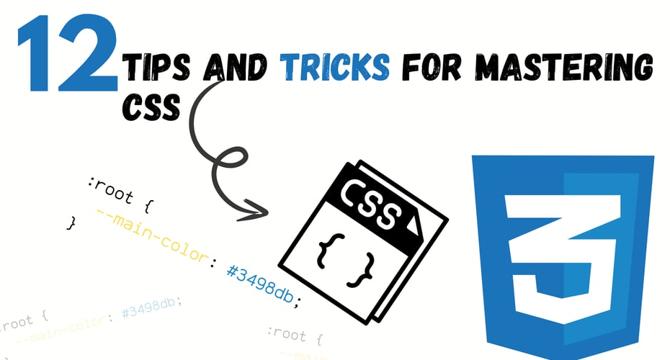Dev
3w
275

Image Credit: Dev
12 Tips and Tricks for Mastering CSS
- CSS brings your HTML skeleton to life, adding colors, shapes, layouts, and interactivity. With these CSS tips and tricks, you can master CSS like a pro. In this article, we covered 12 CSS techniques that every developer — from beginners to pros — should know. These include organize your CSS, master the box model, embrace flexbox for layouts, grid: flexbox’s powerful cousin, variable power with custom properties, leverage pseudo-classes and pseudo-elements, responsive design made easy, shiny effects with CSS animations, debugging CSS like a detective, experiment with blend modes and filters, simplify with utility classes and stay updated and inspired. To create beautiful, responsive, and engaging websites CSS is both an art and a science.
- To stay organized while writing CSS, make sure to group styles logically, use comments, and follow a naming convention.
- The box model is at the core of CSS layout. Use browser developer tools to inspect elements and see the box model in action.
- Flexbox is your best friend for creating responsive layouts without resorting to floats or positioning hacks.
- CSS Grid is another excellent layout system, and it’s perfect for building complex designs.
- Master CSS with custom properties. CSS variables make your code easier to maintain and theme.
- Pseudo-classes and pseudo-elements add interactivity and visual flair without additional markup.
- Responsive design ensures your site looks great on all devices.
- Animations can grab attention and enhance user experience. Use keyframes for custom animations, and transitions for subtle effects.
- CSS bugs can be sneaky, but with developer tools, you’ll catch them quickly.
Read Full Article
16 Likes
For uninterrupted reading, download the app